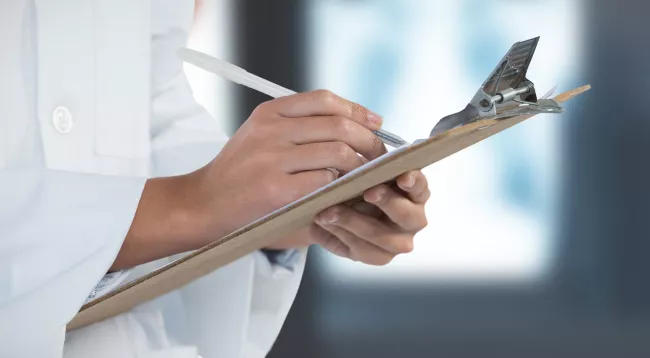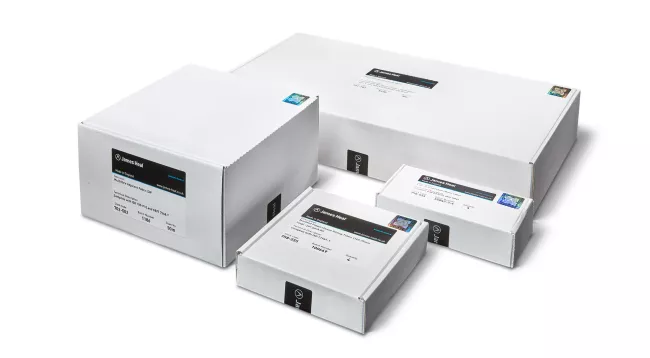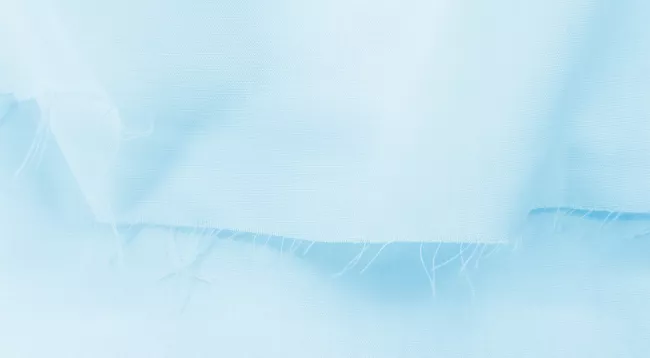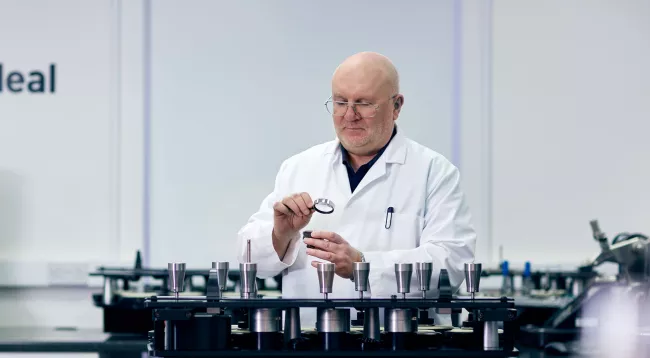In our latest installment of our Your Questions Answered series, we answer your questions on the Fundamentals of Wicking. In our recent Fundamentals of Wicking webinar, presented by our Business Development Manager Alex Mitchell, we were asked a number of interesting and informative questions. We've compiled them below...
Wicking Fundamentals: Your Questions Answered
Categories
Fallstudien
Entdecken Sie Unternehmen, mit denen wir zusammengearbeitet haben und die unsere Instrumente, Testmaterialien und Dienstleistungen nutzen.
Ereignisse
Nehmen Sie an unseren Live-Veranstaltungen und an den kommenden Online-Demonstrationen teil und erhalten Sie detaillierte Einblicke in die Tests mit unseren erfahrenen Textiltechnologen.
Instrumente
Auf dieser Seite finden Sie alle unsere Neuigkeiten, Blogs und Artikel über unsere Instrumente. Seien Sie der Erste, der von unseren neuen Produktentwicklungen im Bereich der Materialprüfgeräte erfährt.
Interviews
Lernen Sie die Menschen hinter James Heal in unseren Experteninterviews kennen, einschließlich Fallstudien von Kunden
Neueste Nachrichten
Informieren Sie sich über die neuesten Nachrichten und Updates von James Heal.
Abrufbar unter
Unsere kostenlosen On-Demand-Webinare bieten detaillierte Einblicke in das Testen von Textilien durch erfahrene Experten. Sie sind ideal für alle, die neu in diesem Bereich des Testens sind, aber auch für Branchenprofis.
Partner Geschichten
Erfahren Sie mehr über unsere Partner - ausführliche Artikel über die Unternehmen, mit denen wir zusammenarbeiten. Wir haben Partner in mehr als 60 Ländern auf der ganzen Welt.
Menschen
Unsere Mitarbeiter sind das Herzstück von allem, was wir tun. Erfahren Sie mehr über unser Team
Technologie
Unsere neuesten Nachrichten, Blogs und Artikel über die James Heal-Technologie. Entdecken Sie, was es in der Welt der Materialprüfung Neues gibt, die neuesten Trends und Entwicklungen aus dem James Heal Labor und Innovationszentrum.
Test Materialien
Unsere neuesten Nachrichten, Blogs und Artikel zum Thema Testmaterialien, einschließlich der Produkte von James Heal Testmaterialien sowie Expertenrat und Tipps von unseren hauseigenen Textiltechnologen.
Textilprüfung: Das Wesentliche
die Reihe 'The Essentials' ist eine Einführung in die Textilprüfung, die die grundlegenden Prinzipien und Prüfmethoden unserer hauseigenen Textiltechnologen behandelt.
Tipps & Ratschläge
Greifen Sie auf alle James Heal TechTalk™ Wissensartikel und unsere neuesten Erkenntnisse zur Materialprüfung zu.












